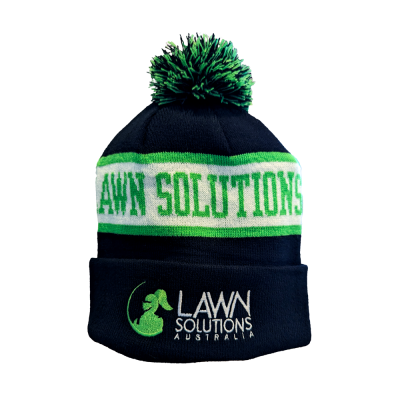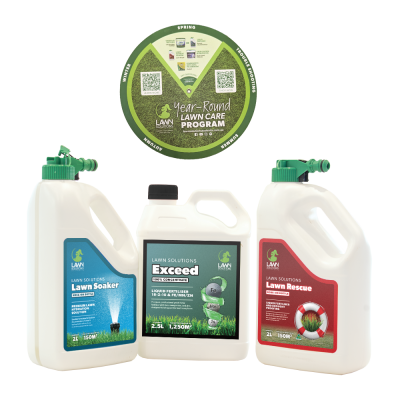Mowing in Winter
Mowing your lawn at a higher height will allow for better photosynthesis and food supply to your lawn
Our warm season lawns have slowed down in most states as the temperatures have decreased. Your lawn won’t completely stop growing through the winter in Australia, it will just grow at a much slower rate. Once soil temperatures drop below 14 degrees Celsius your grass will enter a slower rate of growth to conserve energy which is known as dormancy. So, what does this mean for your lawn and should this change how you mow over winter?
Increasing mowing height
An important thing you can do to help your lawn adjust to the cooler temperatures is to increase the height of your lawn mower. Keeping the mowing height nice and high will give your lawn the best chance to absorb sunlight and nutrients. A longer leaf will help block out weeds and help your lawn to retain its colour for longer. A healthy lawn heading into winter will ensure it is better prepared for the cold and frost and help it to achieve a quicker spring recovery.
How often should I mow?
As a rough guide, you will only need to mow your lawn every few weeks during winter. This will differ depending on the turf variety you have. While we recommend you leave your lawn longer, make sure you don’t let it get too long either. While you will not need to mow as often as you were throughout summer it is still important to remain consistent with your mowing schedule. This will help maintain a consistent growth pattern so that your lawn will enter the warmer months in top condition.
Mowing too high
Mow higher than 5-6cm and it will prevent sunlight from properly penetrating the grass profile and you may cause scalping when it comes to mowing again. Scalping will then leave browning of your lawn, which will leave it susceptible to disease and weeds.
Mowing too low
Like the issue caused by scalping as mentioned above, resist the urge to give your lawn a really low cut in winter in an attempt to get out of having to mow again for a longer period of time. This will leave your lawn much more susceptible to winter weeds and frost as well, which will give you a lot more work to do come spring to get it back to its best.
Removing your grass clippings
When mowing throughout the cooler months make sure you pick up all leaves and grass clippings that are left behind. This will allow the grass to receive as much sunlight as it can throughout the cooler months when sunlight can be limited.
For more helpful tips and advice, check out our other lawn care blogs here.



